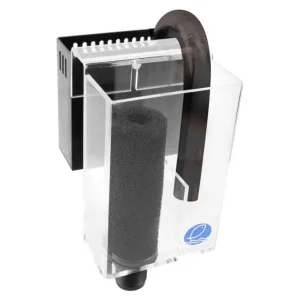Andrés Garza
New member
> I have noticed that many aquarists express concerns about hang-on external overflow boxes. I would like to know whether these systems are truly reliable or if there is a significant risk of failure associated with their operation. I am seriously considering avoiding drilling my aquarium and using one of these overflow boxes instead. Could those with experience using them please share how they have performed in the long term, and whether you have encountered any issues?

